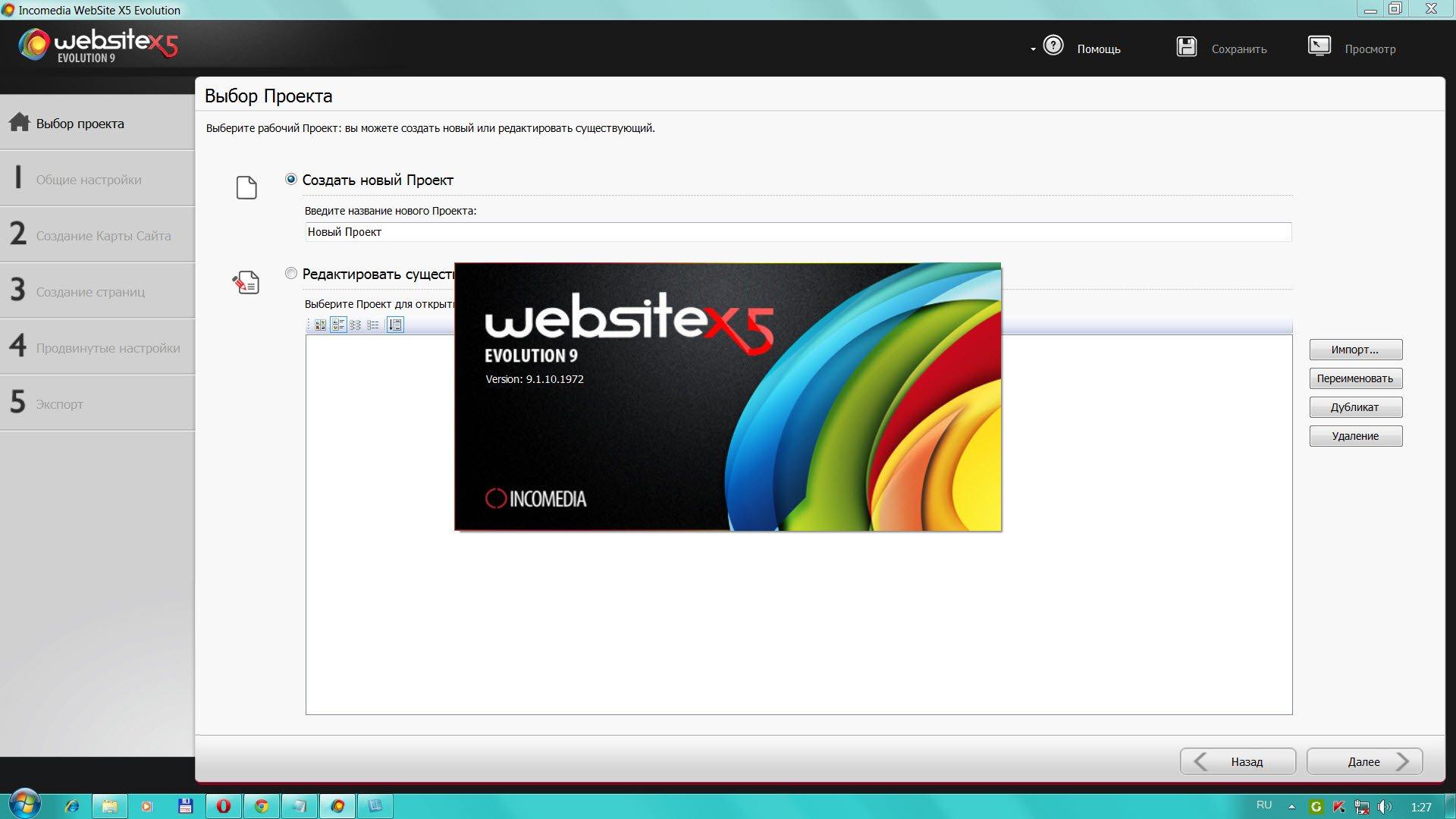

Unfortunately, none of this content is then shown on the page layout and a beautifully formatted column of text or a slideshow image gallery is simply represented by its original object icon. The problem here is that objects aren’t edited directly in place, but in a separate editor screen, whether it’s for editing text, browsing for an image or entering a YouTube URL. They include text, images, streaming video, social network buttons and raw HTML, plus a ‘table’ object that allows more flexible layout options than the simple page layout grid otherwise provides. Rather than a WYSIWYG editor that shows how the finished page will look as it’s being put together, the page editor screen just shows a grid onto which ‘objects’ are dragged to fill its various cells.Īlthough there are only nine to choose from, Website X5 Evolution 9’s objects cover all the bases. Pages can also be populated with content at this point (skipping ahead to step three), but this is another area where Website X5 Evolution 9 lags behind the competition. With a template in place, step two sets the site structure with a simple interface for adding pages and sub-menus to the top-level navigation menu. To be fair, custom templates can also be created, but the option to simply specify different colours and header images offers little creative scope. We criticised version 8 of the program two years ago for its dated and cheesy templates, but these still haven’t changed with this update and all look like relics from the 1990s. Templates don’t dictate the page layout as such - that’s more or less fixed with a header, background body area and footer structure - but rather just its colour scheme and static images.

Template selection takes place here too, and Website X5 Evolution 9 has 198 to choose from.


 0 kommentar(er)
0 kommentar(er)
